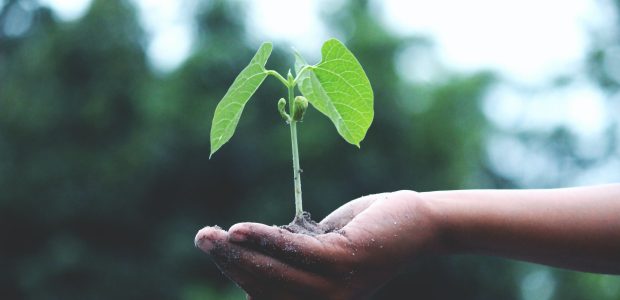
Permaculture is a system of agricultural and social design principles centered around simulating or directly utilizing the patterns and features observed in natural ecosystems. This holistic approach to farming has the potential to address many of the environmental challenges we face, including climate change. In this blog post, we’ll explore the ways in which permaculture can help mitigate the effects of climate change and promote carbon sequestration.
- Permaculture and Climate Change: Understanding the Connection
Climate change is one of the biggest challenges facing humanity today, with global temperatures rising at an unprecedented rate. The causes of climate change are complex and multifaceted, but one of the main drivers is the increase in greenhouse gases in the atmosphere. These gases, including carbon dioxide, methane, and nitrous oxide, trap heat in the Earth’s atmosphere, leading to a rise in global temperatures.
Permaculture can help mitigate the effects of climate change by promoting practices that reduce greenhouse gas emissions and promote carbon sequestration. Organic farming practices, such as the use of cover crops, composting, and crop rotation, can help sequester carbon in the soil. By increasing the amount of organic matter in the soil, farmers can help reduce greenhouse gas emissions while also improving soil health and fertility.
- The Role of Permaculture in Organic Farming
Permaculture and organic farming go hand in hand, as both focus on sustainable, regenerative practices that prioritize the health of the environment and the community. Permaculture emphasizes the importance of working with nature rather than against it, and organic farming practices align with this philosophy.
One of the key principles of permaculture is the concept of “stacking functions,” which involves finding multiple uses for every element in the system. For example, a fruit tree can provide shade, food, and habitat for beneficial insects, while also helping to sequester carbon in the soil. By incorporating a variety of plants and animals into the farm ecosystem, permaculture farmers can create a diverse, resilient system that is better able to adapt to the challenges of climate change.
- Natural Farming: An Alternative Approach
In addition to permaculture and organic farming, there is a growing movement toward natural farming. Natural farming is a regenerative approach to agriculture that prioritizes the use of indigenous microorganisms and natural inputs over synthetic fertilizers and pesticides.
Natural farming practices, such as the use of fermented plant extracts and compost teas, can help improve soil health and increase carbon sequestration. By working with the natural ecosystem of the farm, natural farmers can create a self-sustaining system that is both environmentally friendly and economically viable.
Conclusion
Permaculture, organic farming, and natural farming are all regenerative approaches to agriculture that prioritize the health of the environment and the community. By promoting practices that reduce greenhouse gas emissions and promote carbon sequestration, these systems can help mitigate the effects of climate change. Whether you’re a farmer, a gardener, or simply interested in sustainable living, there are many ways to incorporate permaculture principles into your life and help build a more resilient, sustainable future.


